Business cards have undoubtedly become an asset to any business whether big or small. More and more business cards are being printed daily. According to research done by Credit Donkey, 27 million business cards are printed daily. This is a huge number and we’ve all been in contact with various business cards.
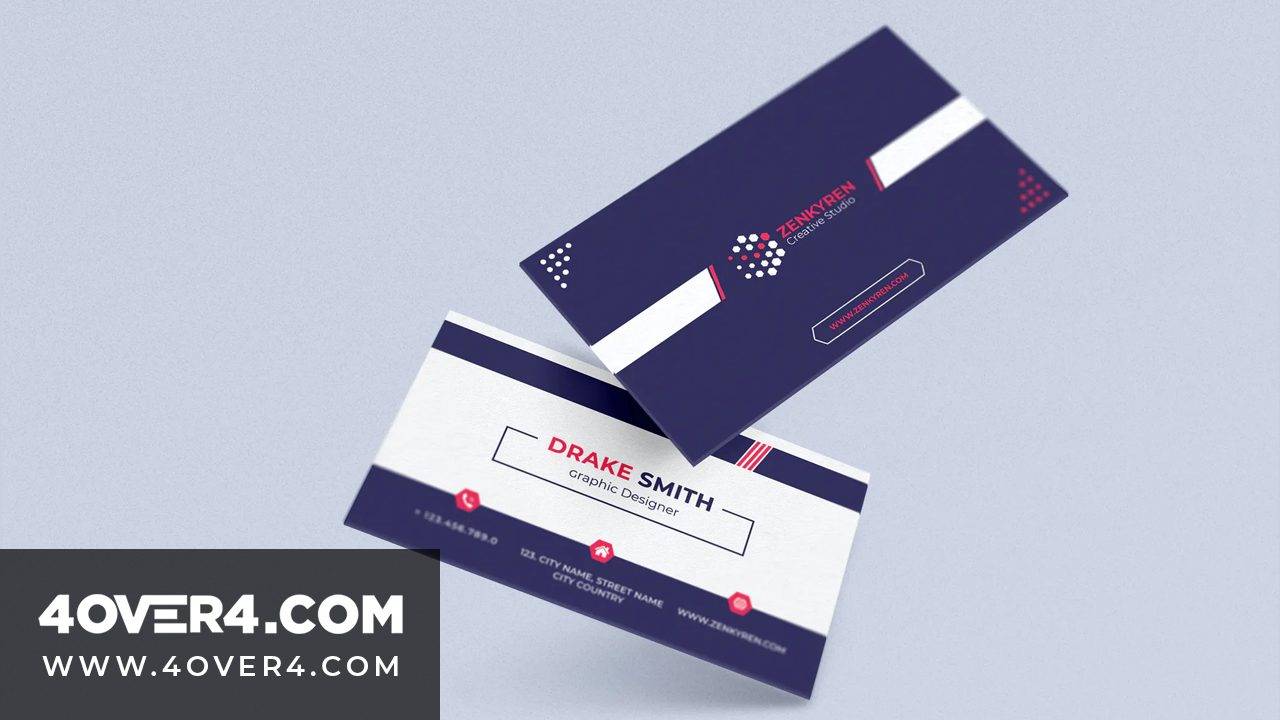
Solopress blog states that business cards have roots dating back as far as 15th century China. They were first known as visiting cards and they described how awesome a person was. If two people wanted to meet, they would exchange visiting cards as a request to meet. Later, trade cards were invented which had promotional information about one's business on one side and a map of the businesses' location on the other side. Trade cards combined with visiting cards made business cards in the 18th century. It’s from that point that business cards started gaining ground and more people started using them to market their businesses.
What Size is a Standard Card for Business?
Business cards come in many shapes and forms. The standard business card size is 3.5 x 2 inches. This size is affordable and is liked by many since it can fit in wallets. When you hand a standard card to someone, that person likely adds it to a small stack of previously-collected cards. However, this standard size is for the US and different areas in the world have a different standard size, for example, Iran’s standard size is 3.346 × 1.889 inches.
Best Business Cards Design
Different business sectors have unique business card designs. Here are some of the beautiful card design templates for different business sectors.
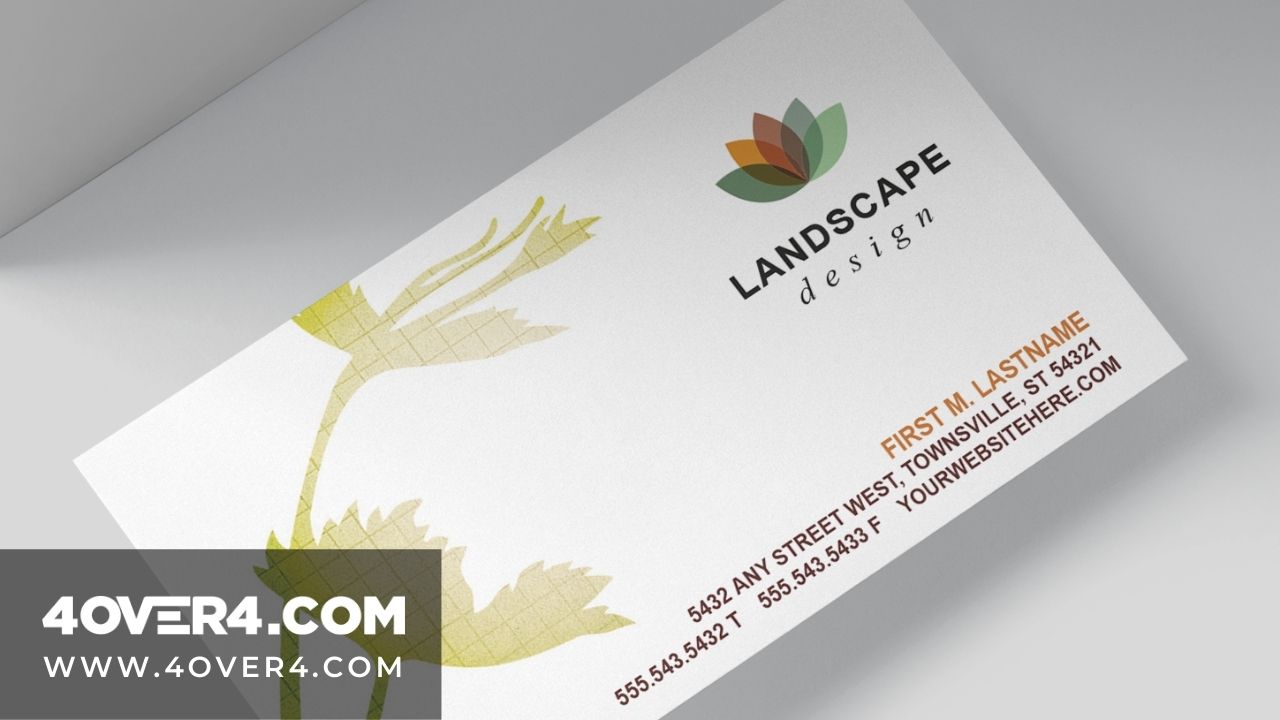
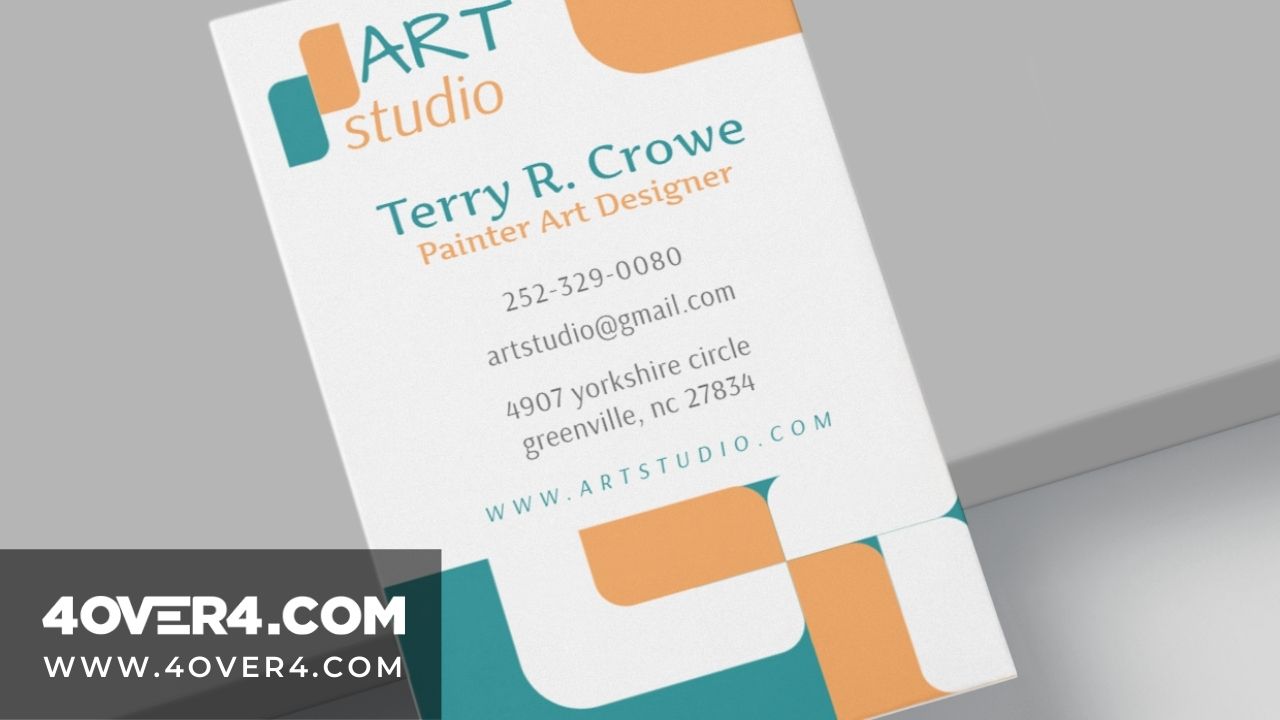
- Automotive and Transportation
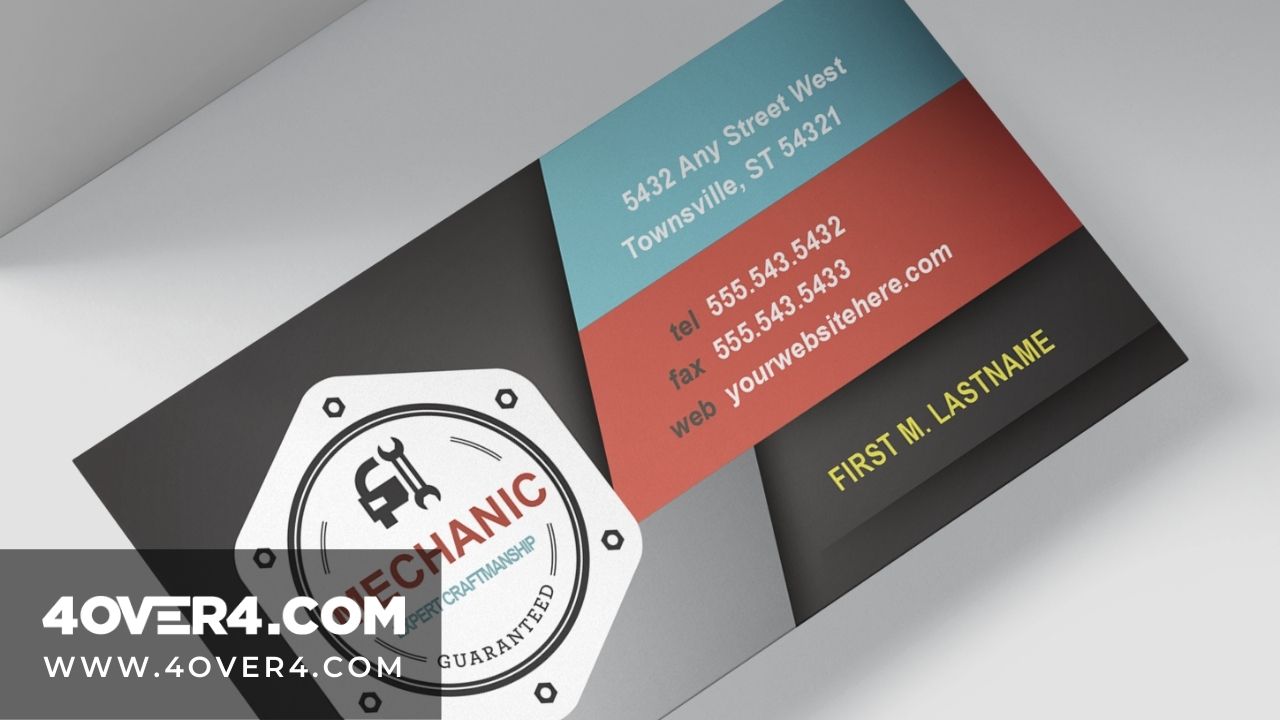
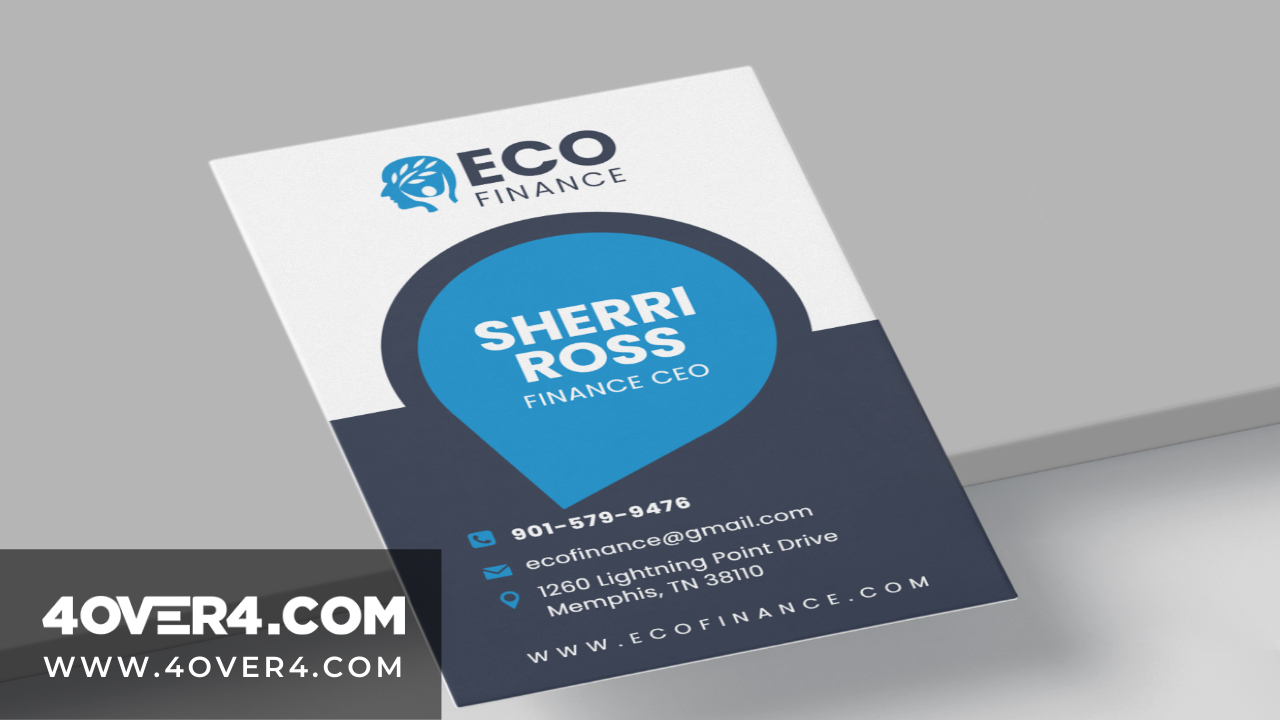
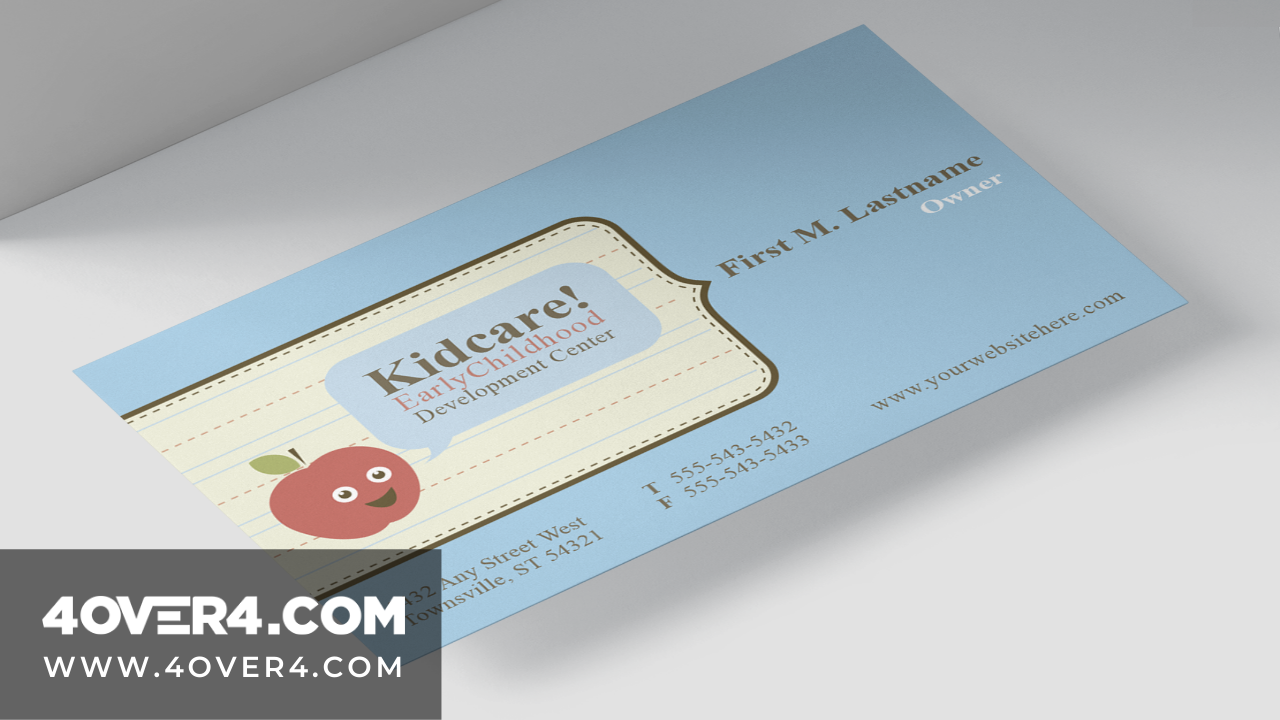
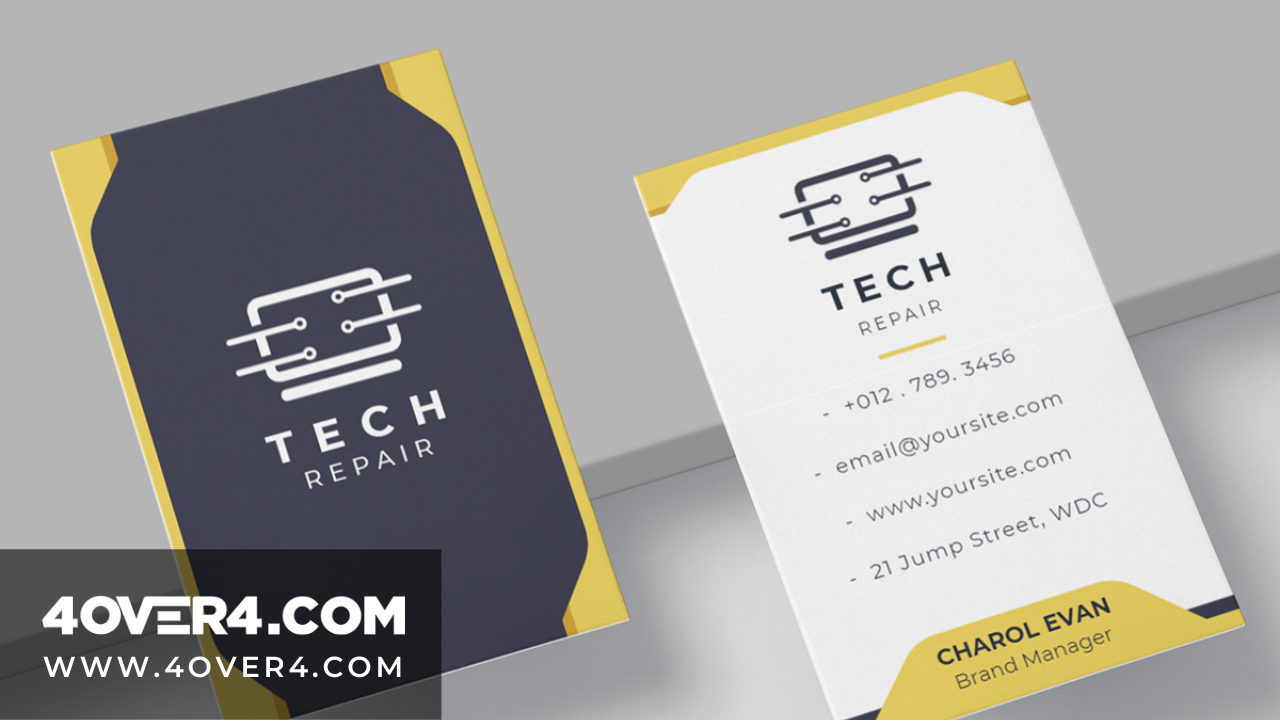
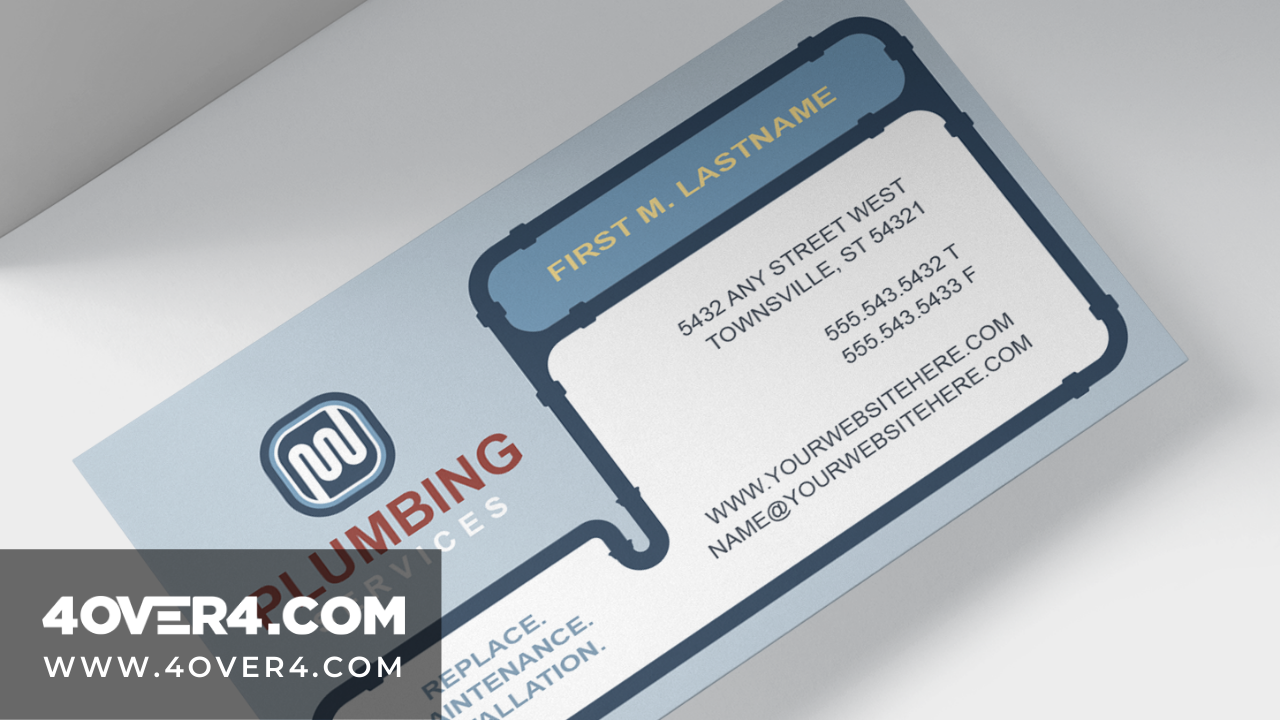
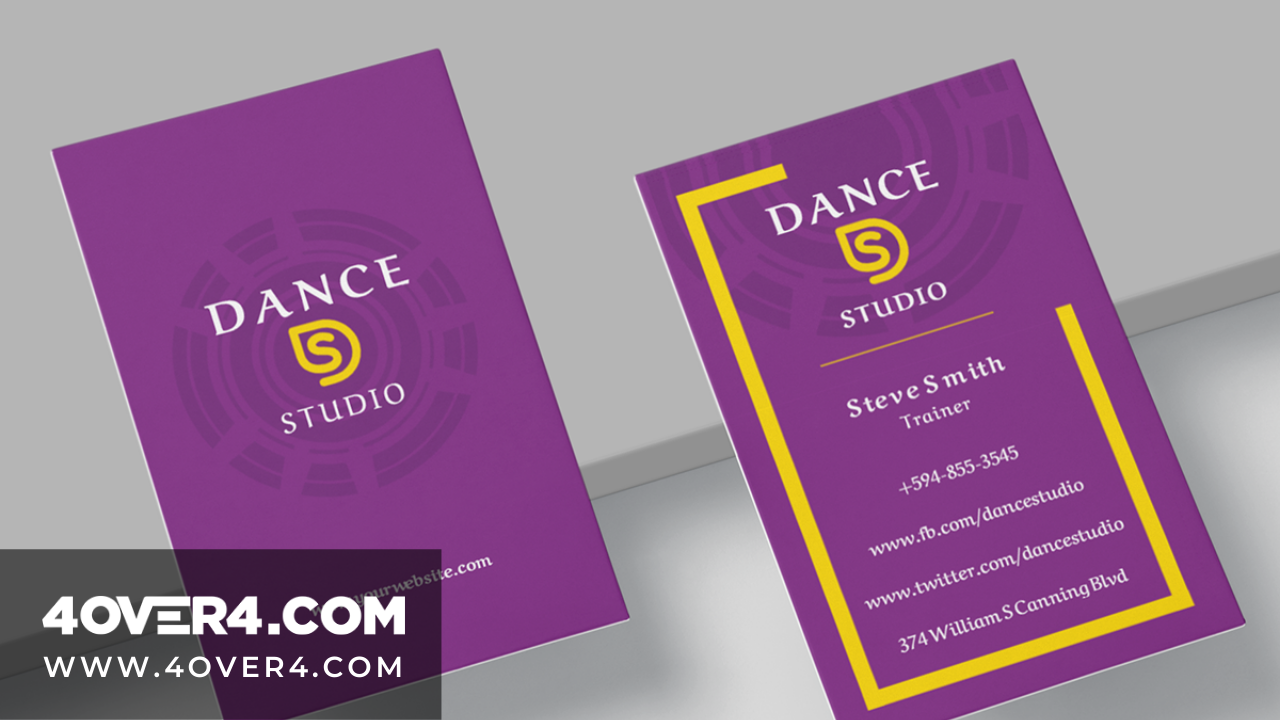
- Dental
- Education and Training
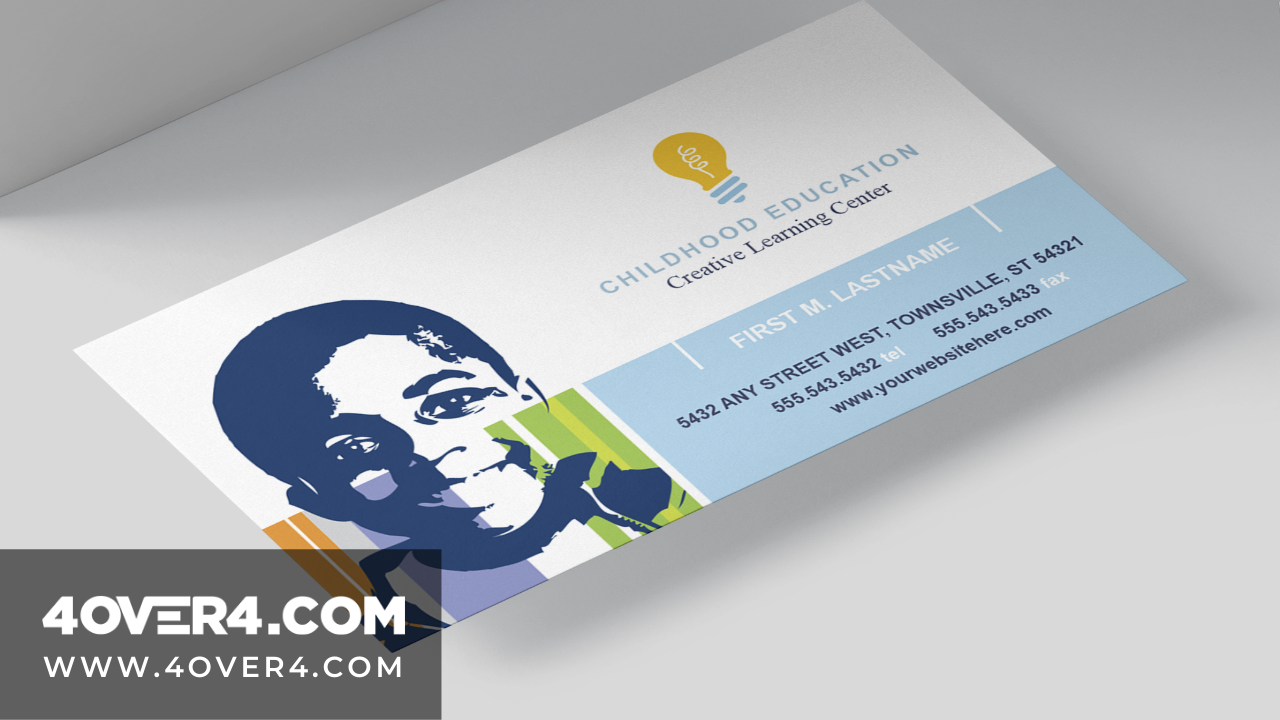
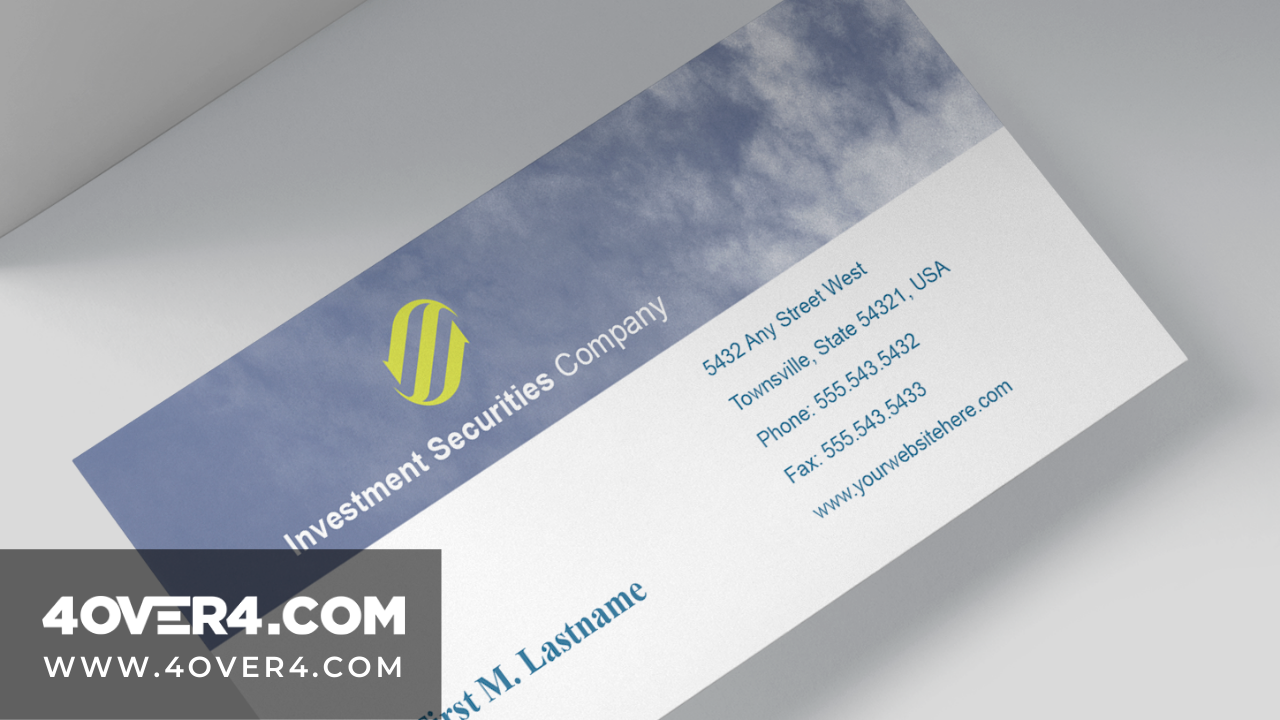
- Fitness and Sports
- Food and Beverages
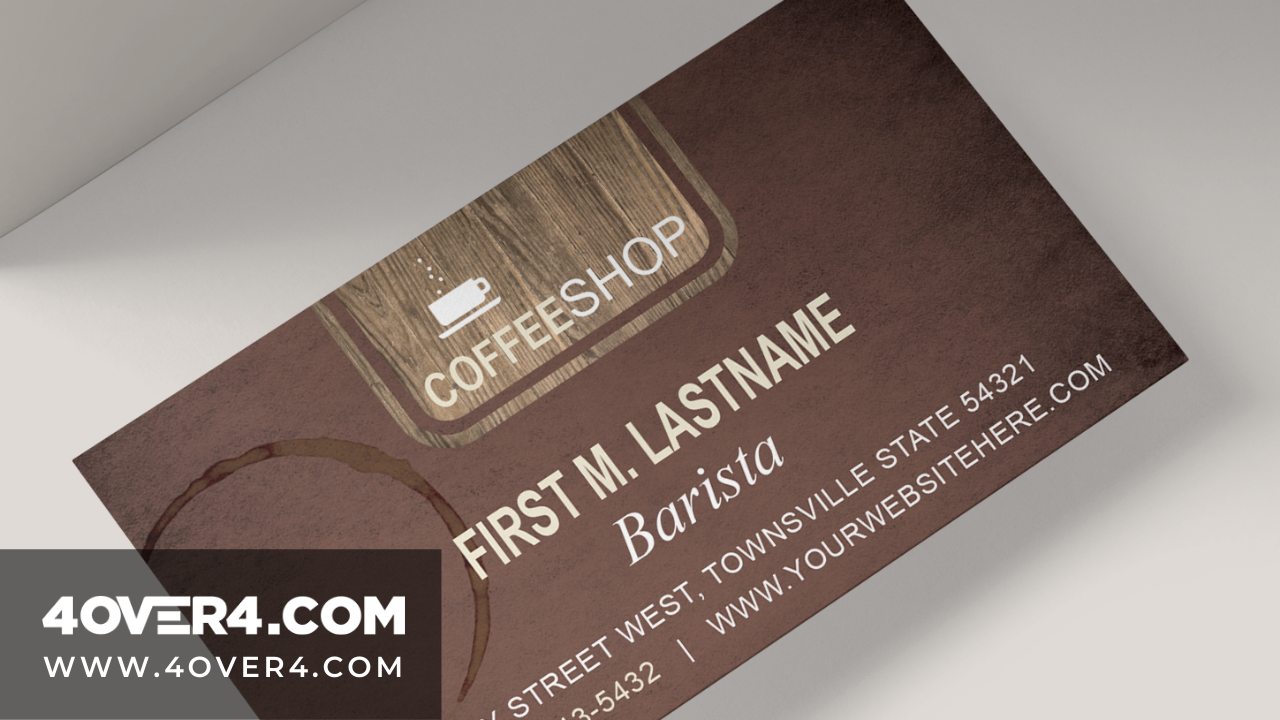
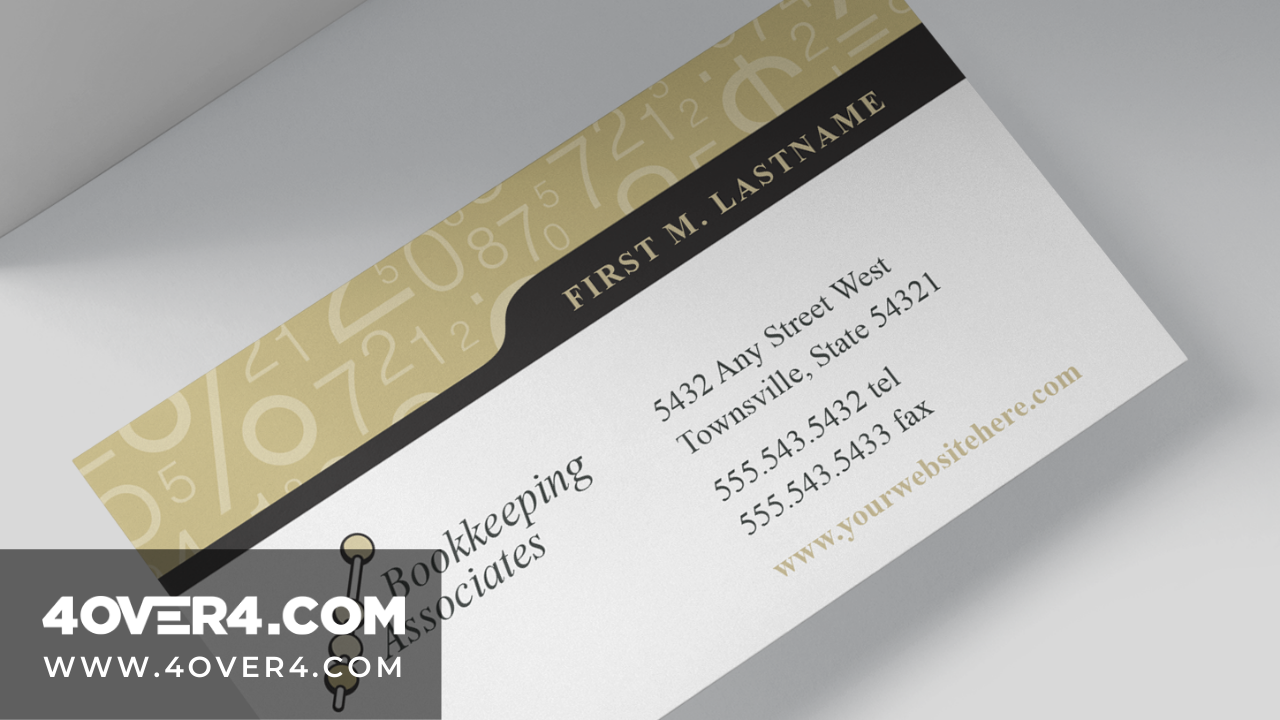
- Jewelry
- Legal Services
- Photography
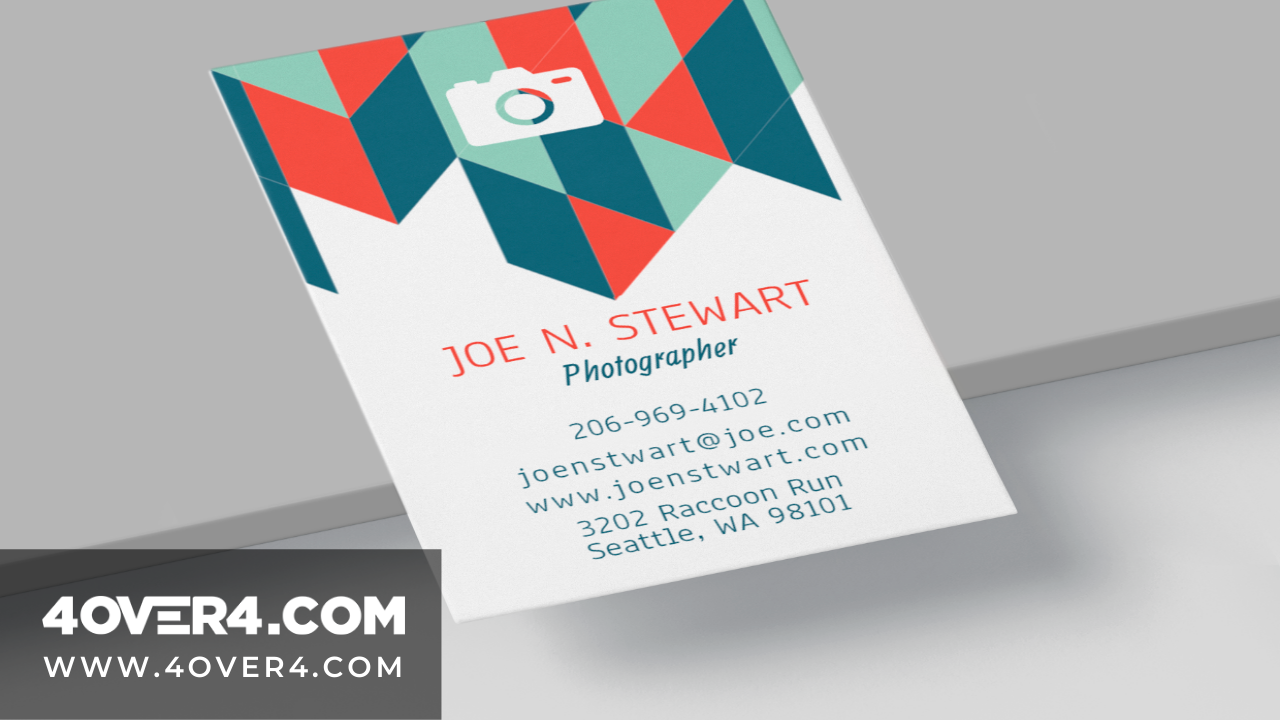
What to include in your business card
A great card designed for business should have all the necessary information. It’s not enough to just have good looking business cards designs. Things that should always be included in all business cards are:
- Business name and logo- Imagine receiving the "best business card ever" that lacks a business name. It won’t make sense. It’s like having a birth certificate without your name on it. A business name should be the first thing to include in your business card followed by a logo. Logos are great as they are a visual symbol of your organization. They remain memorable and help people identify your brand. A company with an iconic logo that is internationally recognized is the McDonald's logo with simple, golden arches.
- Your title- It’s not enough to just list your business name; have your name and title also written. This will help people know who to look for when they are interested in your services. It also establishes a human connection. A good example is having something like ‘Lewis Richard- Director’ right under the business name. It tells who you are and your relationship with the company.
- Slogan- Most businesses tend to forget to include a slogan on their cards. Slogans tell why you are different and what your company stands for. A great slogan example is L’Oréal’s, "Because you’re worth it". Having it on your business card designs makes you look trustworthy and well-put-together.
- Contact information- always have all your updated contact information listed. Recipients might have queries later on and want to contact you and they can easily do that if your number is listed. Including your business email address is also great since some people may prefer sending emails instead.
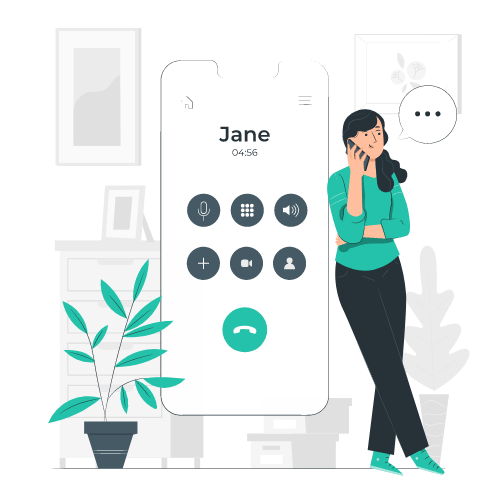
- Social media and websites- We live in a world that revolves around social media. If you don’t have social media pages for your business, you ought to get them. Many people trust businesses that can be found on social media and that’s why adding your profiles on your card is great. There is only so much you can explain about your business and that’s why you must add your website's URL. This way, people can look at your projects and learn more about your brand.
In conclusion
Did you know that 88% of business cards handed out end up being thrown out in less than a week? That’s why you need to design your business cards in the best way possible for them to look dashing and spark interest in their recipients. Design Your Business Cards
FAQs
Q: What are the current business card trends for 2024?
A: In 2024, business card trends include incorporating elements such as NFC technology, unique fonts, and eye-catching designs to make a lasting impression.
Q: How can I create a top business card design?
A: To create a top business card design, consider using creative graphic designers, incorporating NFC technology, selecting a standout font, and ensuring the design is eye-catching.
Q: What is the significance of NFC technology in business cards?
A: NFC technology in business cards allows for interactive features, such as sharing contact information digitally and connecting with smartphones for enhanced networking opportunities.
Q: How can I make my business card stand out?
A: To make your business card stand out, opt for unique designs, embossing, creative use of color, and innovative elements such as NFC technology or QR codes.
Q: Where can I find inspiration for creative business card designs?
A: You can find inspiration for creative business card designs on platforms like Fiverr, where graphic designers offer unique and custom business card creations.
Q: What are some tips for creating effective business cards in 2024?
A: In 2024, it's important to focus on creating unique and memorable business cards that align with current trends, such as utilizing NFC technology, standout fonts, and eye-catching designs.
Q: Why is it essential to make a good first impression with your business card?
A: A well-designed business card can leave a lasting impact on potential customers and clients, making it crucial to invest in creating a business card that reflects your brand and professionalism effectively.
Q: How can a graphic designer help elevate the design of my business card?
A: Graphic designers have the skills and creativity to design visually appealing business cards that stand out, incorporating elements such as unique fonts, color schemes, and innovative features like NFC technology.














